Heat-resistant stainless steel
Heat resistant

Heat-resistant stainless steel - it is basically an austenitic stainless steel, containing a high content of chromium (20 - 25%) and nickel (10 - 20%) and, as a result, has better oxidation resistance at high temperatures. One defines heat-resistant stainless steels as alloys that are used in temperatures between 500 °C and 1150 °C. In technical language, they are also called heat- and creep resistant.
Frequently Asked Questions About Heat Resistant Stainless Steel
The point is that a metal alloy can have different tolerances to high temperatures depending on whether the exposure is continuous or intermittent. Here are some examples of continuous and intermittent temperature limits for stainless steel:
AISI 304
Continuous: 925°C;
Periodic: 870 °C;
AISI 309
Continuous: 1095°C;
Periodic: 980 °C;
AISI 310
Continuous: 1150°C;
Periodic: 1025 °C;
AISI 316
Continuous: 925°C;
Periodic: 870 °C;
AISI 410
Continuous: 705°C;
Periodic: 815 °C;
AISI 420
Continuous: 620°C;
Periodic: 735 °C;
AISI 430
Continuous: 815°C;
Periodic: 870 °C;
You may have noticed an odd and potentially counterintuitive trend in the 300 series stainless steel alloys listed here. Specifically, their recommended maximum continuous use temperature is higher than their intermittent use temperature limit. It is natural to assume that exposing a metal to high temperatures for a shorter period of time will result in less stress on it than long-term exposure.
When metal is heated, it can expand and then contract as it cools. Also, steel alloys in furnace-like conditions can develop scale on their surface - a kind of flaky substance made up of iron and iron oxide. This substance replaces the outer layer of the metal.
When exposed to high and low temperatures repeatedly, scale can begin to crack and split, weakening the metal's shape. This can happen because of the difference in the coefficient of expansion between the stainless steel metal core and its scale surface. In simple terms, the interior of the metal expands or contracts at one rate, while the scale on the surface expands or contracts at another. This difference causes the metal to begin to disintegrate, layer by layer, until it finally fails completely.
In other cases, you may need to consider the metal's chemical resistance in addition to its operating temperature. This will be able to preserve your structures and parts when exposed to several processes at the same time (temperature and chemical exposure).
List of heat-resistant heat-resistant stainless steel grades
List of stainless steel grades related to heat-resistant, heat-resistant, capable of withstanding permanently or partially high temperature effects. To get detailed information about a specific grade, follow the link from the list.
Stainless Steel Grade AISI 501 | EN 1.7362 | DIN X11CrMo5

AISI 501 | EN 1.7362 | DIN X11CrMo5 15Х5М - martensitic «*stainless steel grade» is resistant to corrosion, provides heat resistance and good mechanical properties at
...Stainless Steel Grade AISI 502 | EN 1.7366 | DIN X16CrMo5-1

Stainless steel AISI 502 | EN 1.7366 | DIN X16CrMo5-1 is a martensitic precipitation hardening alloy with a unique composition that provides exceptional strength and corrosion
...Stainless Steel Grade AISI 503 | EN 1.7386 | DIN X11CrMo9-1

AISI 503 | EN 1.7386 | DIN X11CrMo9-1 is a special martensitic «*stainless steel», which is also commonly called chromium steel. It is designed for primary forming of
...Stainless Steel Grade AISI 504 | DIN X12CrMo9-1

AISI 504 | DIN X12CrMo9-1 - martensitic grade «*stainless steel». Despite the fact that the metal of this grade is soft and ductile in the solution annealed state, it is
...
Page 2 of 2
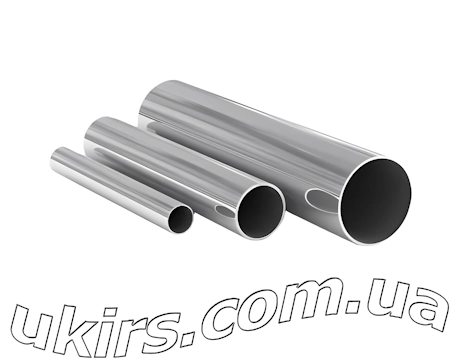 Stainless Steel Round Pipe
Stainless Steel Round Pipe 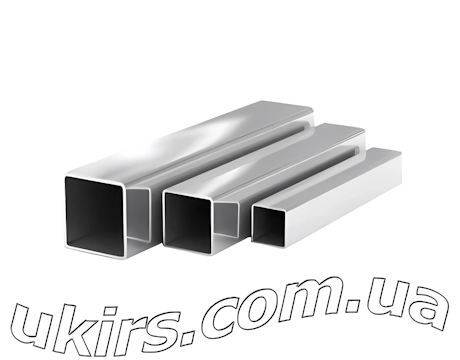 Stainless Steel Square Pipe
Stainless Steel Square Pipe 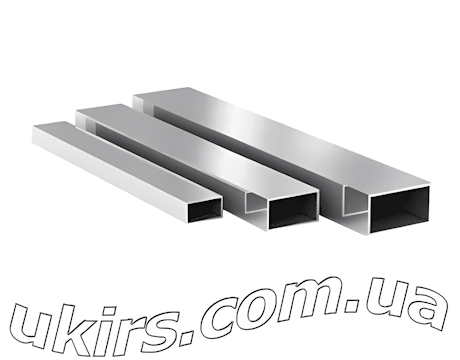 Stainless Steel Rectangular Pipe
Stainless Steel Rectangular Pipe 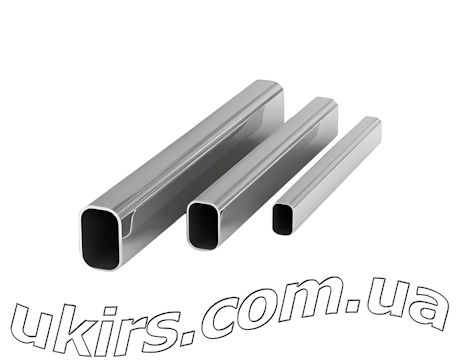 Stainless Steel Oval Pipe
Stainless Steel Oval Pipe 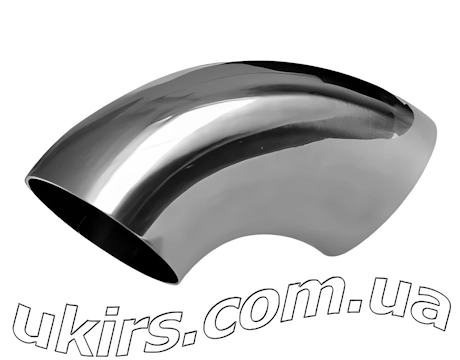 Stainless Steel Elbow
Stainless Steel Elbow 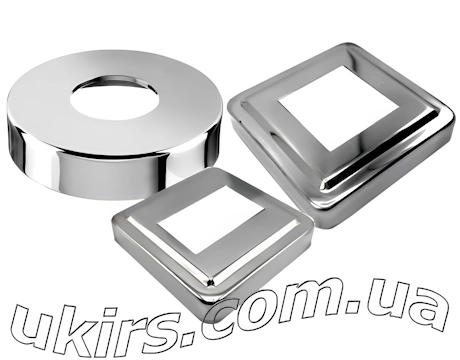 Stainless Steel Decorative Cover
Stainless Steel Decorative Cover 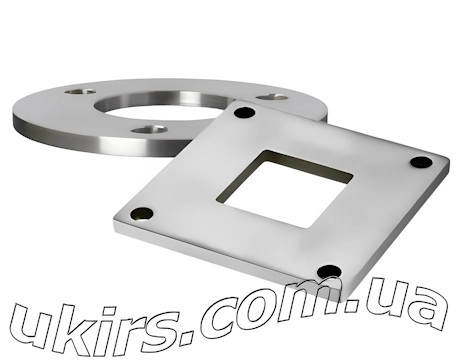 Stainless Steel Flange
Stainless Steel Flange 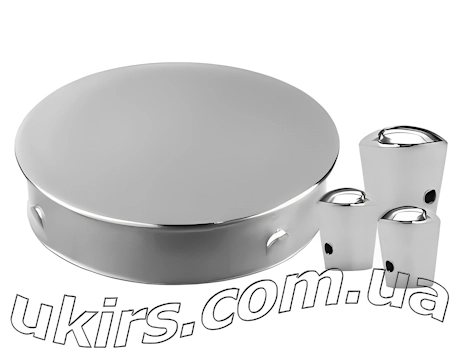 Stainless Steel Plug / Cap
Stainless Steel Plug / Cap 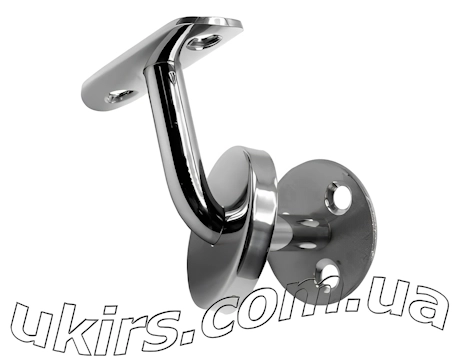 Stainless Steel Handrail Holder
Stainless Steel Handrail Holder